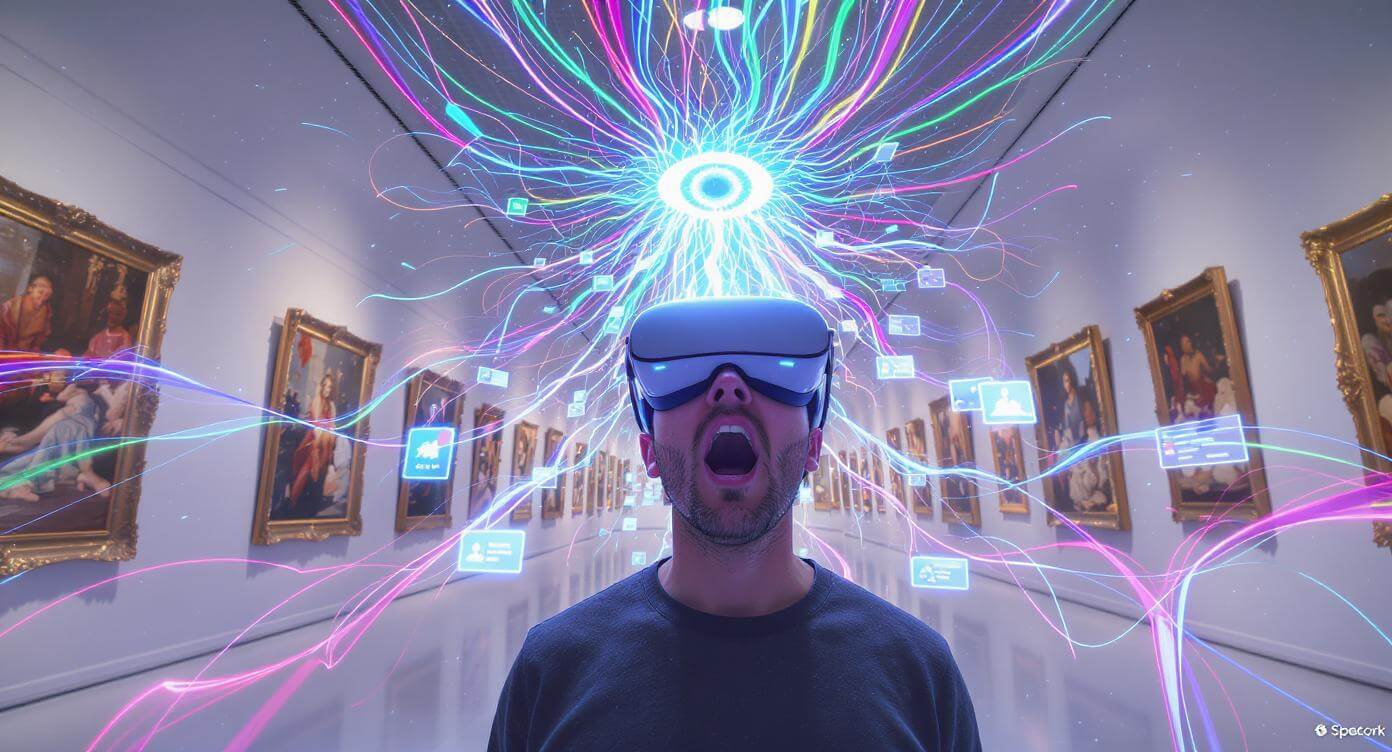The Core Problem: Drowning in an Ocean of Content
Every day, millions of new blog posts, videos, podcasts, and social media updates flood the internet. While this represents an explosion of creativity and information sharing, it also creates a pressing challenge: how do we find the content that truly matters to us?
Traditional search engines and social media algorithms attempt to help by ranking content based on keywords, popularity, or user engagement. But these are often blunt instruments. Users still spend large amounts of time scrolling, searching, and sifting through irrelevant material. That’s where the new wave of AI in content discovery and curation comes in—smarter, faster, and eerily intuitive.
How AI Understands What You Really Want
Machine Learning That Learns YOU: Today’s AI systems employ advanced machine learning models that create dynamic user profiles. Unlike earlier recommender systems that relied on simple metrics like past purchases or clicked links, these AI models analyze the nuances of user behavior—such as reading time, scrolling speed, click patterns, and more—to predict content preferences with uncanny accuracy.
Natural Language Processing (NLP): NLP enables AI to ‘read’ and understand human language in a sophisticated way. Instead of just matching keywords, AI can now understand the context, sentiment, and even intent behind a query or a piece of content. This creates a more intuitive match between what users want and what content is suggested to them.
Semantic Search vs. Keyword Search: Semantic search interprets the meaning behind search queries rather than just the literal terms used. For example, a user typing “how to start a podcast” might be shown a curated set of content spanning beginner guides, gear reviews, and hosting platforms—all because the AI understands the broader context.
The Tools That Are Changing the Game
Several platforms are already integrating powerful AI for content discovery and curation. Here are some of the most impactful technologies and tools to watch:
- Feedly (AI-powered RSS Reader): Feedly’s Leo AI agent prioritizes articles based on your interests, suppresses noise, and flags breaking developments in real-time.
- Spotify DJ: Uses machine learning models not just to recommend music, but to craft an entire personalized listening journey, adapting to your mood, time of day, and trends.
- YouTube Recommendations: Now incorporating deep learning models that examine user watch history, video metadata, and even speech patterns detected in video transcripts.
- Curio and Pocket: Apps that deliver handpicked content and are beginning to integrate AI to automate that process while still maintaining editorial quality.
The Impact on Industries You Didn’t Expect
Journalism and Publishing: News aggregators now use AI models to curate and deliver stories tailored to specific interests or biases. While this can help engagement, it also raises ethical questions about filter bubbles and media polarization.
Education: Educational platforms like Khan Academy and Coursera are leveraging AI to recommend personalized learning paths, based on a student’s performance history and behavioral patterns.
E-commerce: Retailers are using AI-curated product content feeds that merge user preferences with visual recognition—suggesting outfits or gadgets based on past styles or social media behavior.
Enterprise Knowledge Management: Inside large organizations, AI is helping employees find the right internal documents, Slack messages, or videos within seconds, preventing knowledge loss and boosting productivity.
What’s Next? The Future of Intelligent Curation
Hyper-Personalization: The next frontier is content experiences so personalized that two people could be reading entirely different versions of the same interface, each tailored to their preferences, habits, and even timing.
Multi-Modal Discovery: Future AI tools will integrate text, image, audio, and video search into a single seamless experience. Imagine searching with a vague voice query and receiving a relevant podcast, article, or infographic in return.
Decentralized Curation: With the rise of Web3 technologies, AI-based curation may become decentralized, allowing users to control the algorithms, data sources, and even monetization aspects of their discovery experience.
Ethical and Transparent AI: As these systems become more powerful, demand for ethical guidelines will grow. Users and regulators are calling for transparency in how recommendations are made, which data is used, and how bias is mitigated.
Final Thoughts: Embrace the AI Advantage—But With Eyes Wide Open
AI-driven content discovery and curation aren’t just about convenience—they’re reshaping how we interact with the internet. By reducing noise, delivering relevance, and adapting to individual needs, these technologies can make us more informed, inspired, and efficient.
However, it’s crucial to remain vigilant. The same AI that curates the perfect feed can also trap us in echo chambers or compromise our privacy. As users, developers, and businesses, we must seek a balance—leveraging the power of AI while advocating for transparency, fairness, and human oversight.

